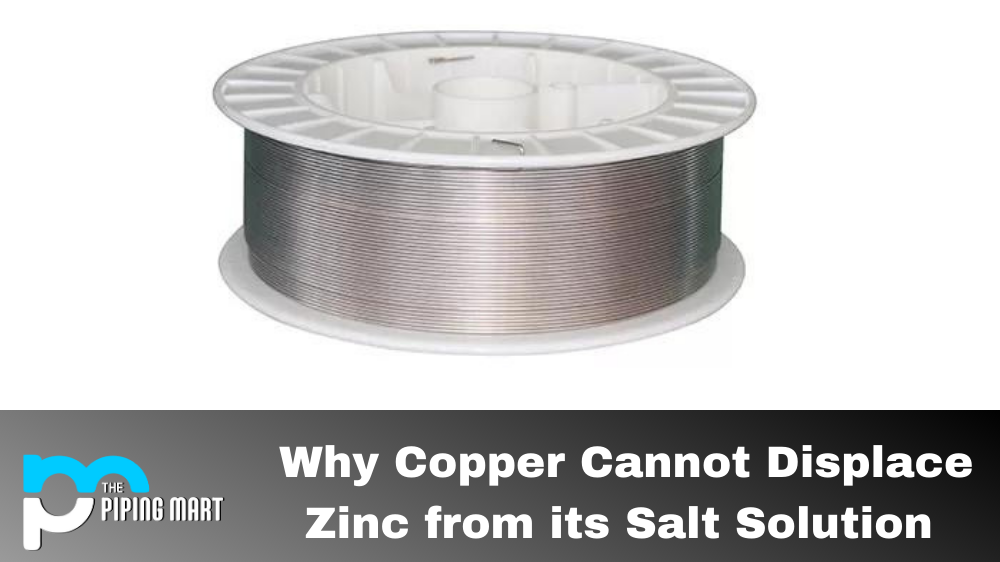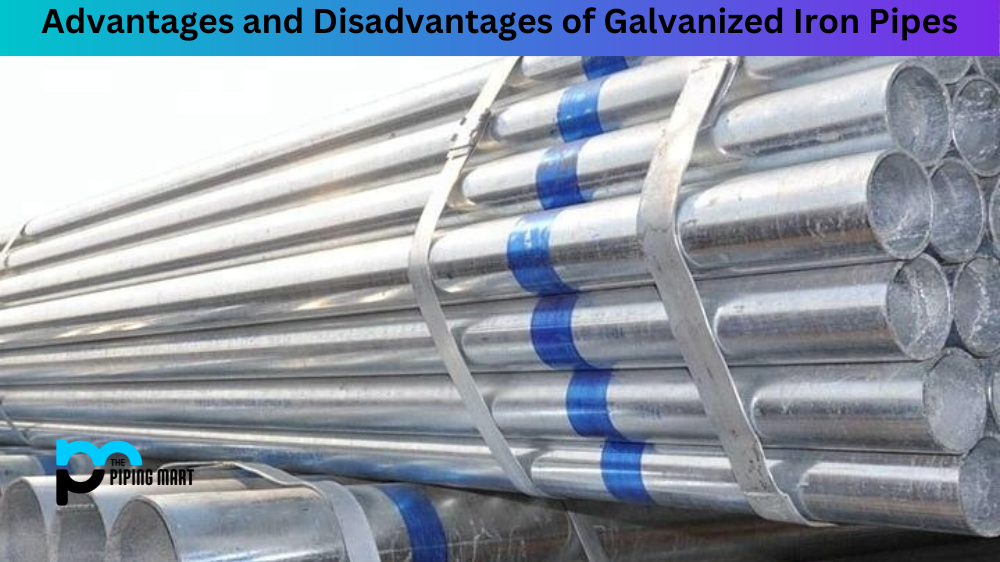There are plenty to choose from when it comes to stainless steel alloys. Two of the most popular options are stainless steel 310 and 309. While these two alloys may seem similar at first glance, they each have distinct differences that make them better suited for certain applications. This blog post looks at stainless steel 310 vs 309 and helps you determine the best choice for your next project.
What is Stainless Steel 310?
Stainless Steel 310 is a chromium-nickel alloy with excellent oxidation and corrosion resistance, superior creep strength, and can withstand high temperatures up to 2000°F (1093°C). This makes it an ideal material for furnace parts, heat exchangers, kiln linings, fuel burner parts, etc. It also offers good weldability and ductility, which makes it a great choice for many industrial applications.
What is Stainless Steel 309?
Stainless Steel 309 is a high-temperature-resistant stainless steel alloy commonly used in industrial processes and applications. It has excellent corrosion resistance and good oxidation and ductility characteristics, making it an ideal choice for industries handling frequent temperature changes. This grade of stainless steel can be cost-effectively welded, shaped, machined and fabricated into multiple components.
Difference Between Stainless Steel 310 and 309
Chemical Composition
The main difference between stainless steel 310 and 309 is their chemical composition. Stainless steel 310 has a higher chromium and nickel content than 309, giving it superior resistance to high temperatures and corrosion. On the other hand, stainless steel 309 has a higher level of chromium than stainless steel 310, which makes it more resistant to oxidation at high temperatures. Ultimately, the chemical composition of each alloy will determine which one is better suited for your intended application.
Temperature Resistance
Due to its higher chromium and nickel content, stainless steel 310 is more suitable for high-temperature applications than stainless steel 309. It can withstand temperatures up to 1150°C, making it ideal for furnaces, heat exchangers, and other high-temperature environments. Stainless steel 309, on the other hand, can only withstand temperatures of up to 980°C. It’s better suited for applications that require heat resistance but don’t require the extreme temperature resistance of stainless steel 310.
Corrosion Resistance
Regarding corrosion resistance, stainless steel 310 is the clear winner. The higher nickel content in 310 means it’s more resistant to corrosion and rust than in 309. This makes it the best choice for applications that require resistance to harsh chemicals and environments, such as petrochemical processing, sulfuric acid processing, and more. Stainless steel 309, on the other hand, is less resistant to these types of environments and is better suited for less harsh applications.
Availability and Cost
Another factor to consider when choosing between stainless steel 310 and 309 is their availability and cost. Stainless steel 309 is more readily available and less expensive than 310. This makes it a popular choice for various applications that don’t require the extreme temperature or corrosion resistance provided by stainless steel 310. However, if your application requires the properties of stainless steel 310, it may be worth the extra cost and lead time to obtain.
Conclusion
Choosing between stainless steel 310 and 309 can be challenging, but considering factors such as chemical composition, temperature and corrosion resistance, availability, and cost can help you make an informed decision. If your application requires extreme temperature or corrosion resistance, stainless steel 310 may be the better choice. However, if your application needs are less demanding, then stainless steel 309 may be more suitable. Understanding each alloy’s properties and applications can help you determine the best choice for your next project.

Abhishek is a seasoned blogger and industry expert, sharing his insights and knowledge on various topics. With his research, Abhishek offers valuable insights and tips for professionals and enthusiasts. Follow him for expert advice on the latest trends and developments in the metal industry.




